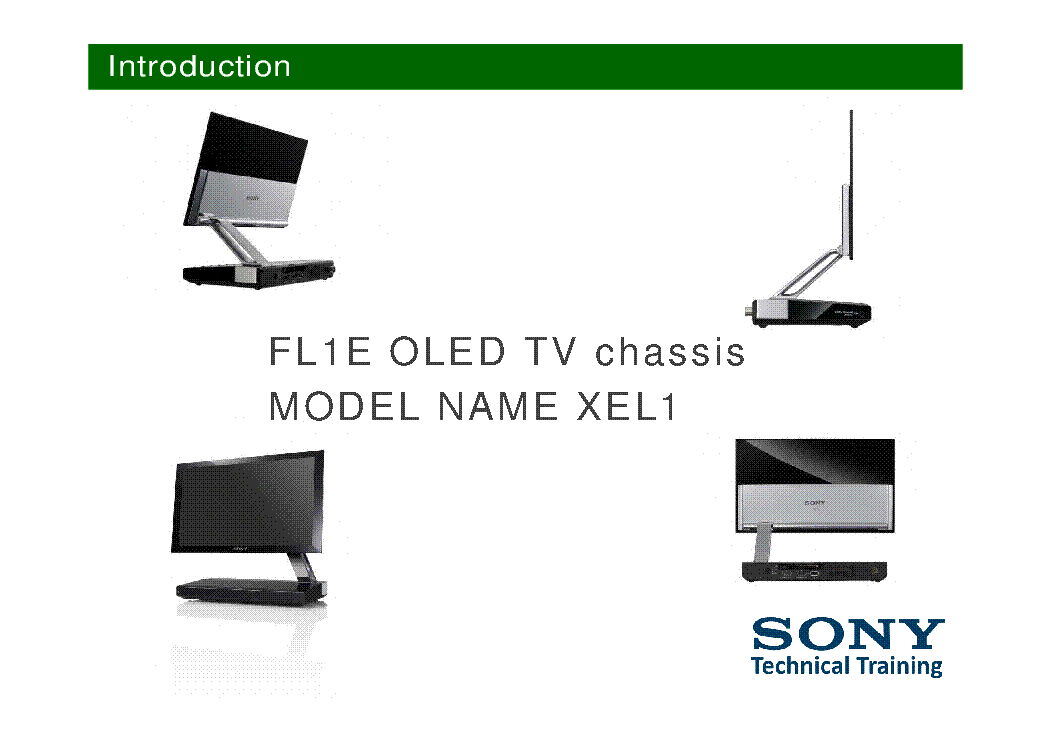

The phone relied on the PDAF map, which happens to suck at mapping objects that travel from the foreground to the background, because of the aperture problem. In shots where a wall began in the foreground but continued into the background, for example, the neural network couldn't detect a specific layer. The iPhone XR relies on this completely, which is why it can only blur behind faces, but like the XR the Pixel 2's solution only worked well in the situations it had been specifically trained for. Google's solution for the Pixel 2 was to use a neural network to detect and separate the layers in a frame based on image recognition. The second is what's known as the "aperture problem" and it happens when the parallax occurs parallel to a row of one color, making the tiny parallax impossible to see. The first is obvious: the two different viewpoints are virtually indistinguishable because they're taken at a nearly identical position - this means that the parallax is very hard to detect and is often confused by various artifacts or errors. Unfortunately, because PDAF was never intended to be used so extensively, it comes with a lot of problems that Google has spent several years trying to solve. The Pixel 2's Stereo depth detection fails to separate the horizontal lines from the foreground, something the Pixel 3 has no trouble with.

In most cameras, this depth map is used for autofocusing, but in the Pixel 2 and 3, it's the foundation for the depth map used for background blur. Phase Detection Autofocus (PDAF), also known as Dual-Pixel Autofocus, creates a basic depth map by detecting tiny amounts of parallax between two images taken simultaneously by the one camera. Known as parallax, it's how the human eyes detect depth, how many interstellar distances are calculated, and how the iPhone XS can create a background blur. When comparing two images that were taken side by side, the foreground remains pretty much stationary while the background moves noticeably, parallel to the direction from one viewpoint to the other. If almost every other phone needs two rear cameras to create realistic background blur, then how can the Google Pixel 3 do it with just one? Good depth detection almost always works by detecting the changes between two slightly different views of a scene The Pixel 3 uses the Phase-Detection Autofocus and neural networking (from the Pixel 2) and combines it with new machine learning techniques to detect depth much more precisely and reliably than other single lens phones. Thus far, Google's kept the magic to themselves, but they recently revealed many details in a blog post. The big picture: The Pixel 3 is quite possibly the best camera phone on the market, and it proudly shows off its ability to take "professional-looking" portrait shots with background blur in advertisements and stores.


 0 kommentar(er)
0 kommentar(er)
